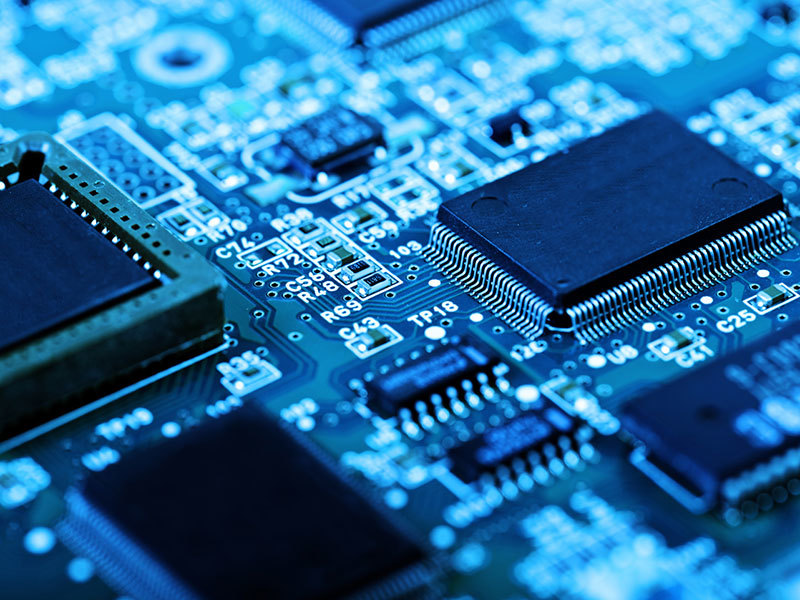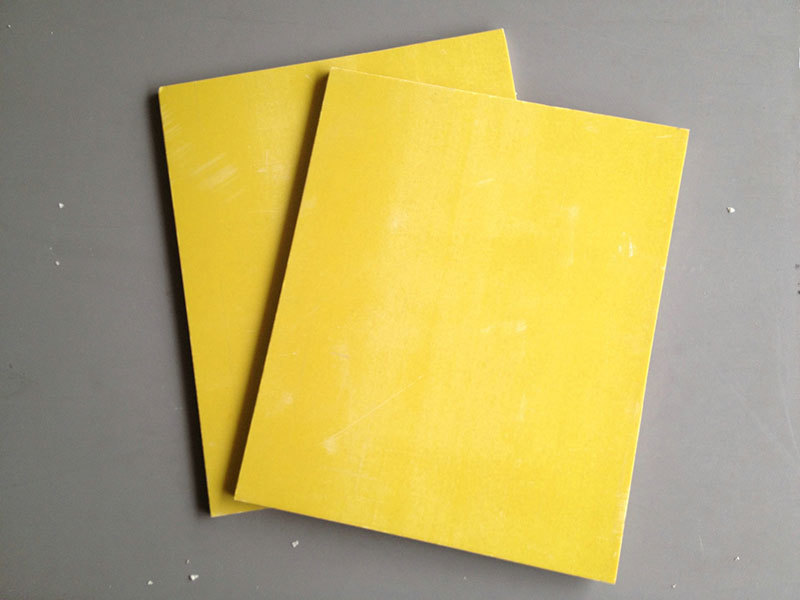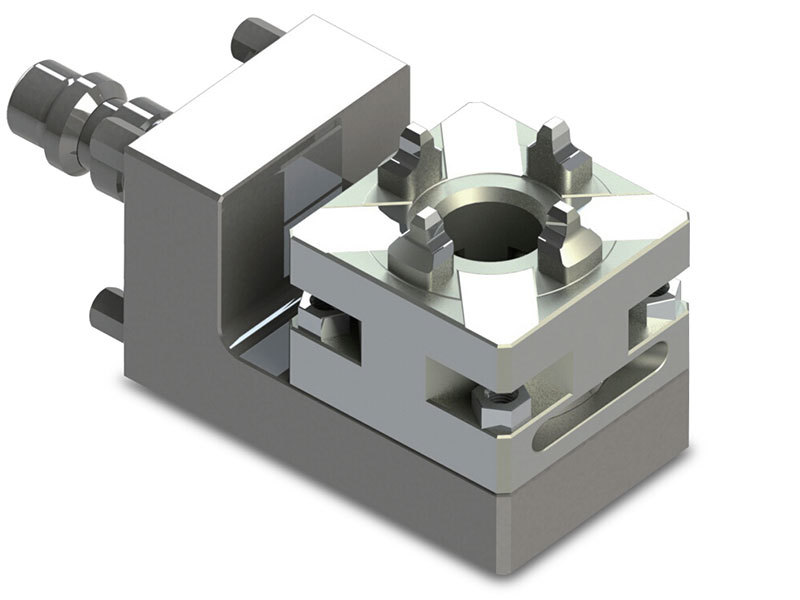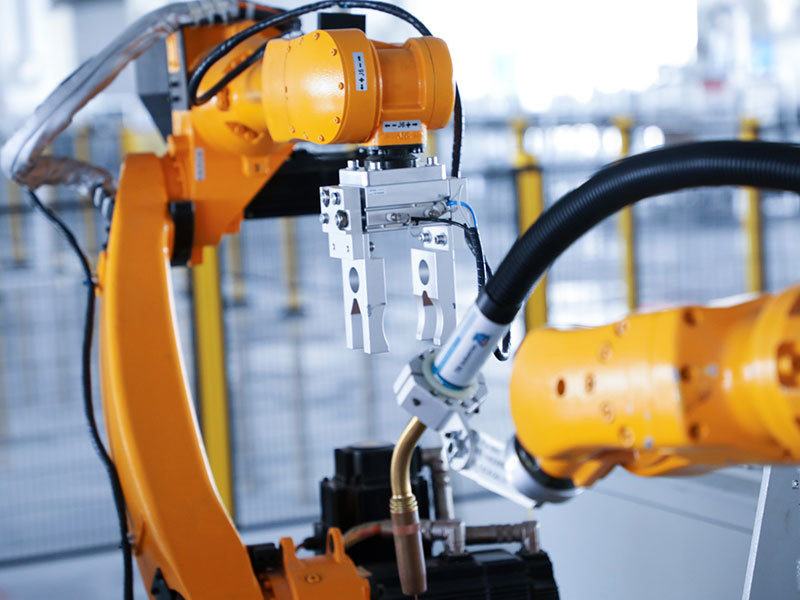News
Application and workflow of machine vision system
Jun 12,2023
Machine vision systems use machines to replace the human eye for various measurements and judgments. It is an important branch of computer science, which integrates technologies in optics, mechanics, electronics, computer software and hardware, and involves multiple fields such as computer, image processing, pattern recognition, artificial intelligence, signal processing, and optoelectromechanical integration. The rapid development of image processing and pattern recognition technologies has also greatly promoted the development of machine vision.
The visual system uses machines to replace the human eye for measurement and judgment. Visual system refers to the process of converting the captured object into an image signal through machine vision products (i.e. image capture devices, divided into CMOS and CCD), and transmitting it to a dedicated image processing system. Based on pixel distribution, brightness, color, and other information, it is transformed into a digital signal; The image system performs various operations on these signals to extract the features of the target, and then controls the equipment actions on site based on the discrimination results. It is a valuable mechanism used for production, assembly, or packaging. It has immeasurable value in detecting defects and preventing defective products from being delivered to consumers.
The characteristic of machine vision systems is to improve the flexibility and automation of production. In some hazardous work environments that are not suitable for manual work or situations where artificial vision cannot meet the requirements, machine vision is commonly used to replace artificial vision; At the same time, in large-scale industrial production processes, using artificial vision to inspect product quality is inefficient and inaccurate. Using machine vision inspection methods can greatly improve production efficiency and automation level. Moreover, machine vision is easy to achieve information integration and is the fundamental technology for achieving computer integrated manufacturing. We can measure, guide, inspect, and identify products on the fastest production line, and complete production tasks with quality and quantity assurance.
On the production line, when people make such measurements and judgments, errors and errors may occur due to fatigue, personal differences, etc. However, machines will tirelessly and steadily carry on. Generally speaking, machine vision systems include lighting systems, lenses, camera systems, and image processing systems. For each application, we need to consider the system's operating speed and image processing speed, whether to use color or black and white cameras, whether to detect the size of the target or whether the target has defects, how large the field of view needs, how high the resolution needs, and how much contrast needs to be. From a functional perspective, a typical machine vision system can be divided into: image acquisition part, image processing part, and motion control part.
The main working process of a complete machine vision system is as follows:
1. The workpiece positioning detector detects that the object has moved to the center of view close to the camera system, and sends a trigger pulse to the image acquisition section.
2. The image acquisition part sends start pulses to the camera and lighting system respectively according to the predetermined program and delay.
3. The camera stops scanning and restarts a new frame of scanning, or the camera is in a waiting state before the start pulse arrives and starts a frame of scanning after the start pulse arrives.
4. Before the camera starts a new frame scan, open the exposure mechanism and the exposure time can be set in advance.
5. Another activation pulse should turn on the lighting, and the lighting on time should match the exposure time of the camera.
6. After the camera is exposed, the scanning and output of one frame of image officially begins.
7. The image acquisition part receives analog video signals and digitizes them through A/D, or directly receives digital video data from the camera after digitization.
8. The image acquisition section stores digital images in the memory of the processor or computer.
9. The processor processes, analyzes, and recognizes images to obtain measurement results or logical control values.
10. Process the results to control the actions of the assembly line, perform positioning, correct motion errors, etc.
From the above workflow, it can be seen that machine vision is a relatively complex system. Because most system monitoring objects are moving objects, matching and coordinating actions between the system and moving objects is particularly important, which imposes strict requirements on the action time and processing speed of various parts of the system. In certain application fields, such as robots and flying object guidance, there are strict requirements for the weight, volume, and power consumption of the entire system or a part of the system.
The advantages of machine vision systems include:
1. Non contact measurement does not cause any damage to both the observer and the observed, thereby improving the reliability of the system.
2. Having a wide spectral response range, such as using infrared measurements that are invisible to the human eye, expands the visual range of the human eye.
News





